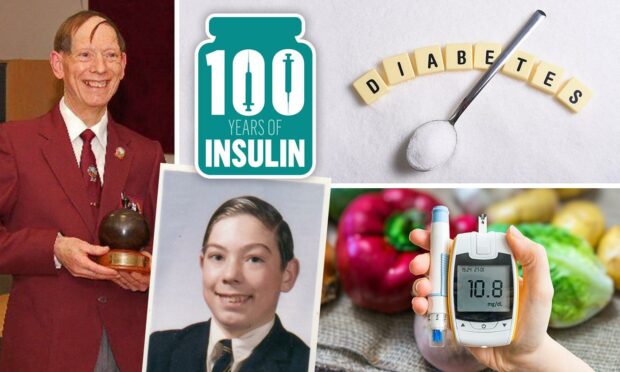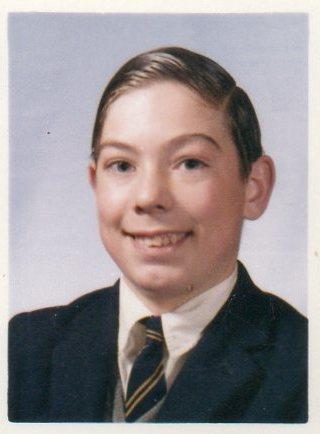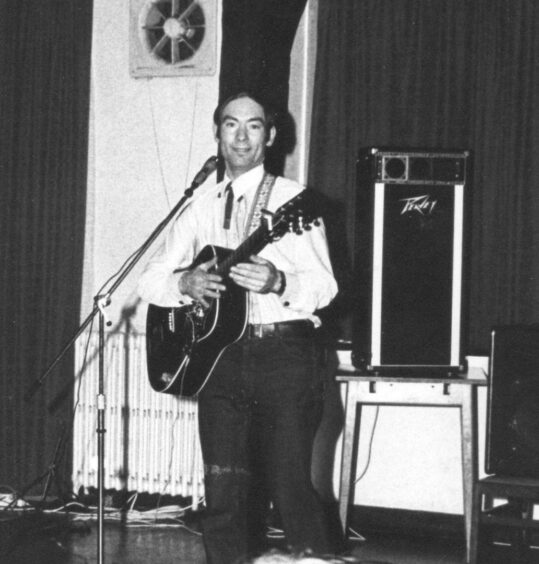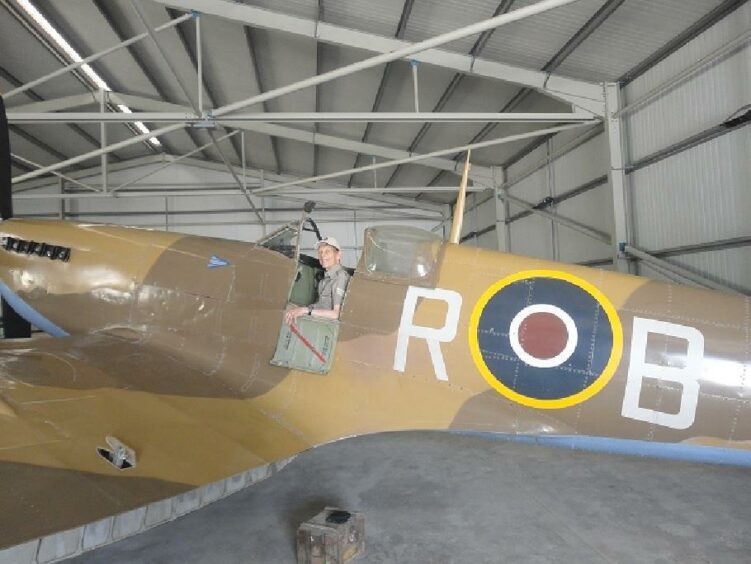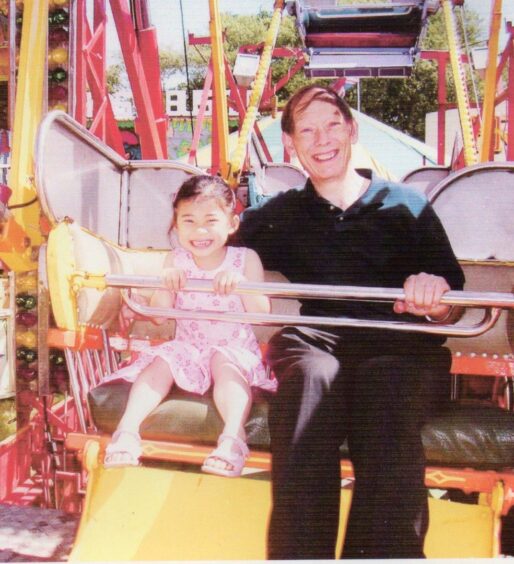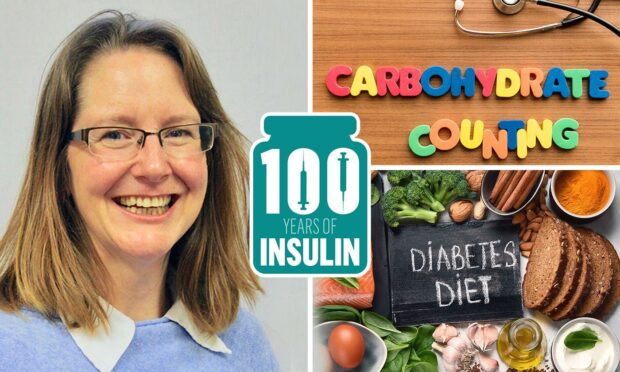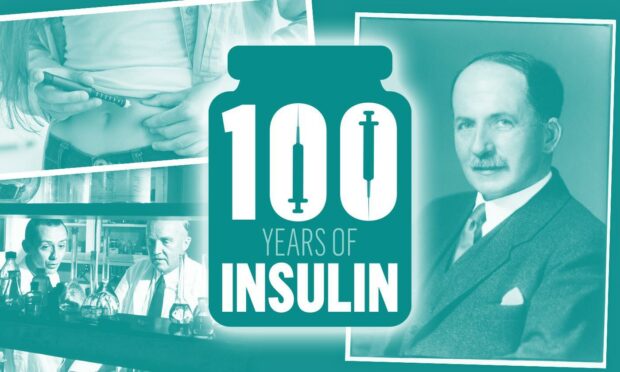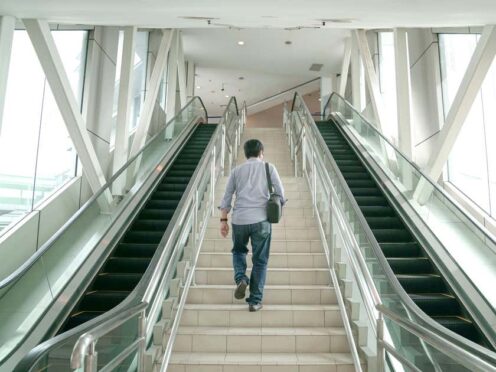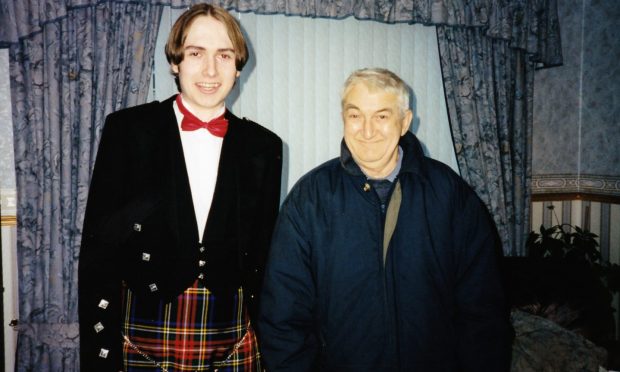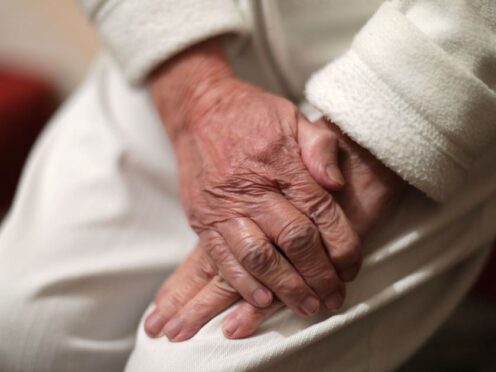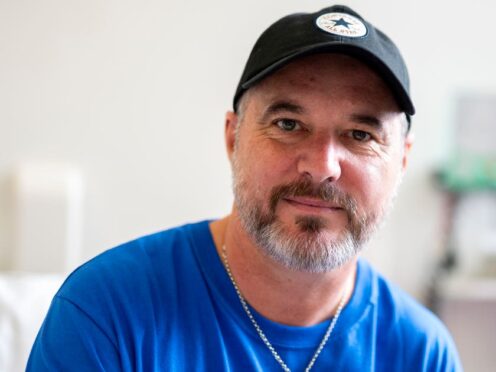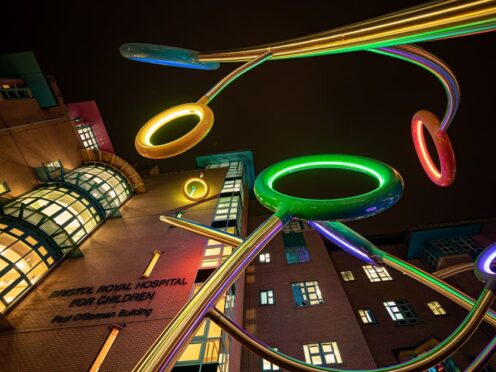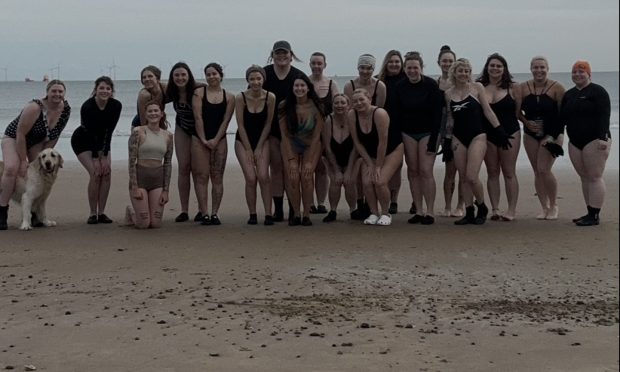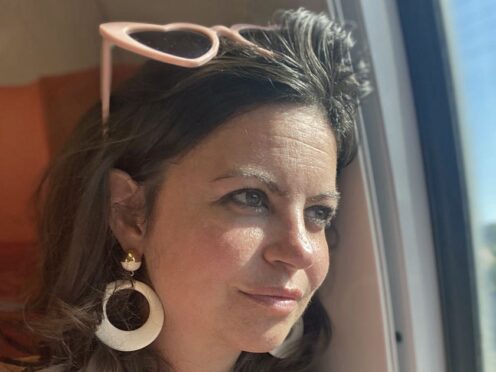Richard Tyler-Bemand has found life difficult living with diabetes.
After being diagnosed at the age of nine, at a time when so little was understood about the condition, he spent many of the following years feeling socially isolated.
Employers were reluctant to give him the chance of work and even starting a family was an uphill battle for Richard.
He eventually travelled abroad with his wife to adopt a little girl.
However, throughout his life, he never forgot the kind words of his school headmaster who told him he must put up with the diabetes but to “Never give up.”
I cried when I was diagnosed with diabetes
Richard was diagnosed with Type 1 diabetes in December 1959 after being admitted for a routine operation to remove his tonsils.
“I woke up from the anaesthetic on a drip, and having regular injections administered with a big glass syringe,” he said.
“Christmas was no celebration, and the unsympathetic matron glared and told me that I would have to have these injections for the rest of my life.
“I basically got under the bedcovers and wept.”
‘I was basically the outsider’
It was a confusing time for the young boy who had been performing so well with his studies there were high hopes for him attending a public school.
But because he had been diagnosed with diabetes and it was so difficult to control he was moved to a grammar school instead.
He was bullied and missed out on sitting most exams because he ended up with a broken leg. And he started suffering from epilepsy three years after his diagnosis.
“I was basically the outsider,” he explains. “A diabetic outsider coming in unwanted and that’s how it was right through my secondary school life.”
A tragedy in the family
Finding it difficult to obtain employment as an apprentice, Richard was taken on at the family business repairing bicycles.
It was work he really enjoyed and he describes how it “gave me a lift”.
However, tragedy struck soon afterwards when his father went for a day out on a boat trip.
Richard, 71, said: “My father, who was a keen yachtsman, tried a trip too far and was presumed lost at sea.”
Richard felt he had to take some responsibility for his family business after his father died and studied a business management course at Hereford College.
But there were still concerns about whether he could cope, because he had been diagnosed with diabetes, and he struggled to find further employment.
“No one really wanted to employ me,” he said. “By that time I was getting on 40, I had qualifications under my arm but as soon as I mentioned my diabetes managers would look away and they would employ someone else.
“The only job I could find was one digging cow muck for fertiliser bags. I was told that was about the only thing I could do and it wasn’t very pleasant. But it was a job and that was that.”
‘I’ve had to prove myself to others all my life’
Six months later Richard started studying a course in graphic design in the hope that it would help him secure work.
“All my life I’ve had to achieve more and more – not just to prove others, but to prove to myself that I’m as good as anyone else,” he said.
“Rather than staying in the depths, I wanted to make a name for myself.”
By this time he’d met his future wife and was taken on by his father-in-law to do the design work for their family funeral business.
The difficult road to starting a family
Richard and his wife decided against trying for a child because they were concerned the condition could be hereditary.
They initially applied to become parents with a British adoption agency but had to travel abroad instead because of their concerns about his diabetes.
Luckily, the couple were given the chance of adopting a little girl called Sophie who is now 19 years old.
He said: “We found out we could adopt a child from China and joined a group and put our application in – I even studied a Mandarin course to try to impress the selectors.
“When we were sent a photo I fell in love with her the minute I saw her because she had such lovely big eyes.”
He said the adoption changed the couple’s lives and “gave us a family of our own”.
Richard, who lives in Newent, Gloucestershire, got in touch with Aberdeen City Council to take part in its 100 Years of Insulin: The Aberdeen Story online exhibition.
Now he’s spoken to us as part of our five-part series celebrating the 100th year of insulin being given to diabetic patients.
He’s keen to share his own experiences of living with the chronic condition to help others realise they can also push through adversity and enjoy a fulfilling life.
He’s even enjoying taking part in sports which the former school football team captain had given up as a young boy after he was diagnosed with diabetes.
And Richard has written books based on his interest in military history.
‘I want to inspire people’
“I became diabetic at the age of nine and have been reliant on insulin ever since. In those days it wasn’t something one took easily to, having jabs from those big glass syringes with massive needles,” he said.
“Having diabetes was like being diagnosed with a fatal disease, and that’s how one was treated socially. My sports life faded away.
“However, I never gave up. I had my own ambitions, and today I’m the English Short Mat Bowling Association Umpires Director – not bad at all for someone once named as a no-hoper.
“I’ve achieved some of my ambitions and what I now want to do is to inspire and encourage anyone who is in the same position who thinks life has passed them by.”
